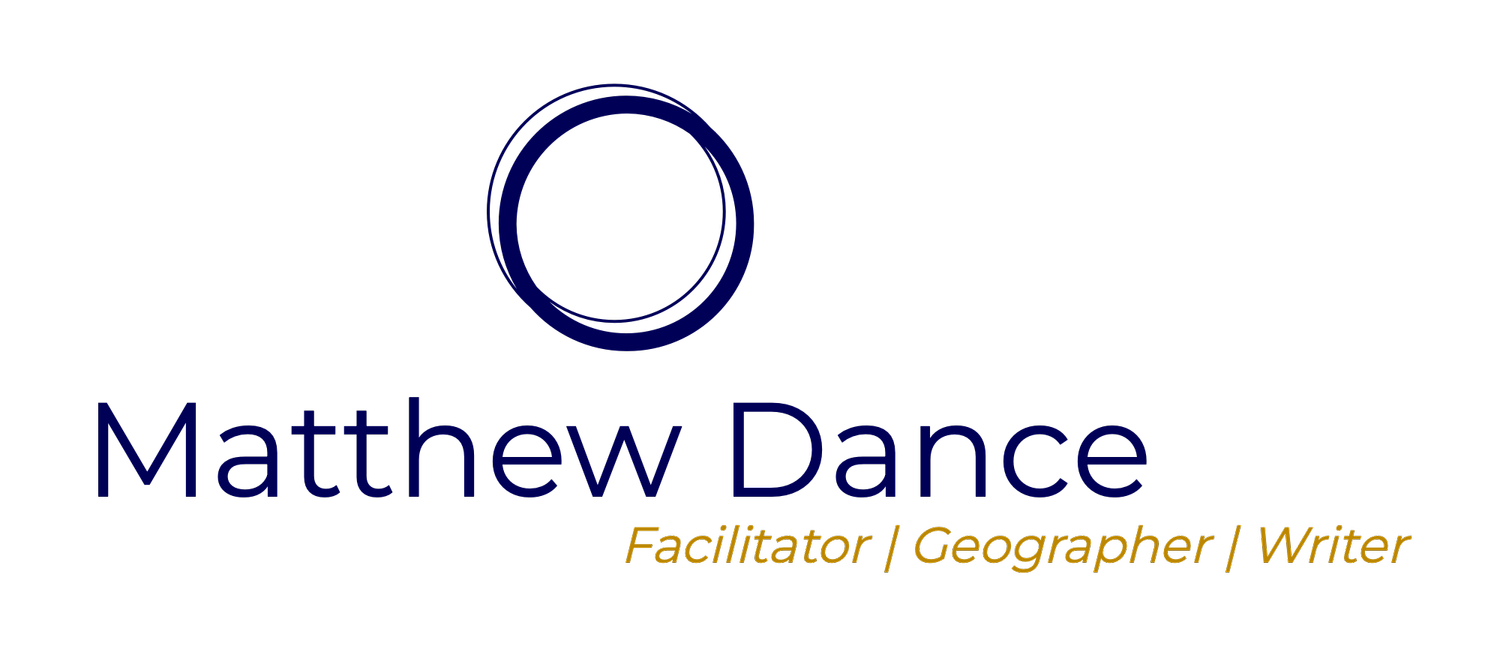Naming Edmonton: From A to Z
Dear Edmonton (and the World),
I need your help; I would love some project collaborators with technical skills.
A number of years ago I happened upon a copy of Naming Edmonton: From Ada to Zoie by the City of Edmonton and published by the University of Alberta press. I was intrigued by this old type of document, a gazetteer that provides lengthy descriptions of Edmonton's places, including the origins of the name and their geographic location within Edmonton.
But the book also provided insight into Edmonton's lost names. Who remembers the Rat Hole, the tunnel under the CP rail line on 109 Street at about 104th Avenue? Or Namao Avenue, now 97 Street?
This book provided a glimpse into our past, and documents how Edmonton's names came to be - those in use now, and those no longer in use and at risk of being lost. As a physical document, it is in many ways as dated as the notion of a gazetteer, something to be held and admired as if it's an antique from the 18th Century.
Except that it's not an antique, or even physical as I have an electronic copy of the book, and permission from the publisher to transform this collection of Word docs into an open data set similar to the Aboriginal Edmonton dataset. Aboriginal Edmonton was a small scale collaboration between me, the City of Edmonton and Edmonton Archives. We were able to take this small dataset (about 187 lines in Excel) and transform it from a collection of Word documents into a table that included coordinates, name origins and name description. These data, pictured in part above, can be found in the City of Edmonton's open data catalogue.
I think it would be valuable to transform the Naming Edmonton dataset in the same way - but, I need your help. For this project to work, the Word files that contain about 10 000 names have to be transformed into structured Excel files that will allow a group of people to add pertinent data, such as coordinates, and to verify existing data. So, the first step is to, somehow, computationally transform and structure the data.
If you have any ideas, and want to help, please get in touch either through this blog, on Twitter of via email.
Thanks,
Matt
